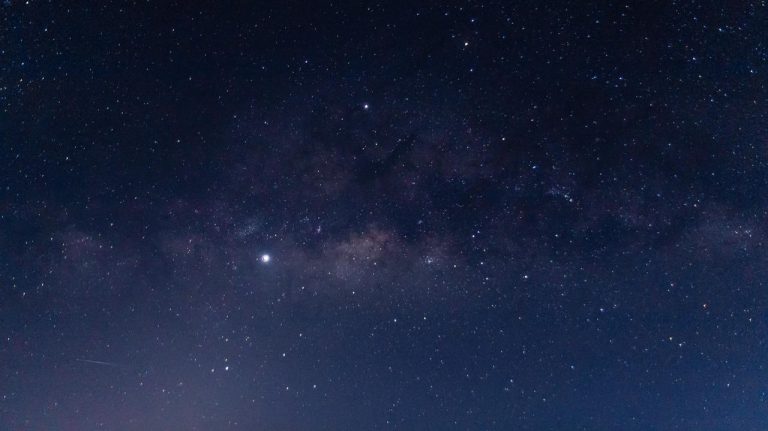Today is Christmas Eve, which means that after sunset we will look for the “first star”. This year, as usual, the planet will play its role – the brightest object in the night sky will be Venus. What else can we see in the sky on Christmas Eve?
Today is Christmas Eve, which means we will be celebrating with our families tonight. According to tradition, the Christmas Eve meal begins when the first star appears in the sky. When can we start looking for it?
Christmas Eve. When will we see the first star?
On December 24, the sun will set at 3:30 p.m. – the exact moment varies by several minutes depending on which part of Poland it is. About half an hour later, our eyes should notice bright objects in the sky.
This year, on Christmas Eve, we will see many bright planets in the sky. The brightest of them is Venus, which we look for above the southwestern horizon.
– The first object we see in the sky after sunset will be Venus. These are the brightest planets visible in the sky, easy to see above the southwestern horizon – explained Karol Wojcicki, a popular astronomy author of the blog “With your head in the stars”. – Unlike real stars, it does not twinkle. The brightness of the planets is constant, making them easy to distinguish from the stars.
Saturn shines a little higher and a little further south, but it appears to our eyes a little later than Venus. In turn, to the west and above Venus, at the same time as Saturn, the star Altair appears, and further along the Vega line – it becomes the first “real” star in the Christmas Eve sky. When we look at the eastern side of the sky, it will be dominated by Jupiter, which is slightly lower in brightness than Venus.
“Jupiter has recently appeared in opposition, which means that it will accompany us in the sky all night.” A few hours after Christmas Eve, raise it in the sky – added Wojcicki.
A little later than that, the star Capella appears to the left of Jupiter. In turn, near Jupiter on the right we have the star Aldebaran. If we wait a little longer, the constellation Orion, including the stars Betelgeuse and Rigel, will begin to rise below Jupiter. Mars will also rise around 6pm and Sirius will appear on the horizon around 8pm.
On Christmas Eve, the moon will be close to the new moon (it takes place on December 30), so if there are no clouds and there are not too many sources of artificial light around us, we can watch the starry sky.
What was the star of Bethlehem?
“First Star” is a reference to the Star of Bethlehem. The biblical description contains information about an astronomical object that was supposed to herald the birth of Jesus Christ and help the magicians from the East to find their birthplace.
We now associate this object with a comet because it is often depicted that way in pictures, but there are more astronomical hypotheses as to what the Star of Bethlehem looked like. These can be, for example, multiple mergers of bright planets or even a supernova explosion.
For example, in the Chinese annals, a comet was recorded in 5 BC, and in 7 BC there was a trine conjunction of Jupiter and Saturn. Currently, according to historians, the birth year of Jesus Christ corresponds to 8-4 BC.
PAP, “Head in the stars”, tvnmeteo.pl
Main image credit: bochimsang12/Shutterstock

